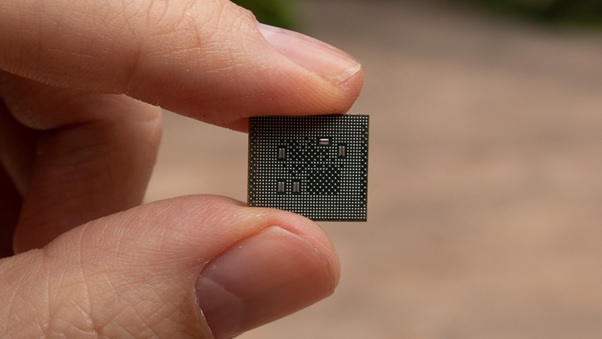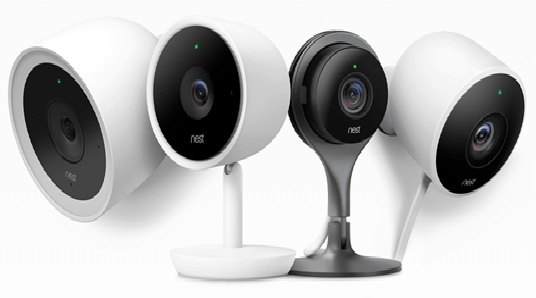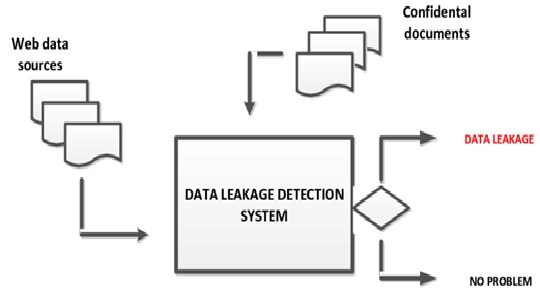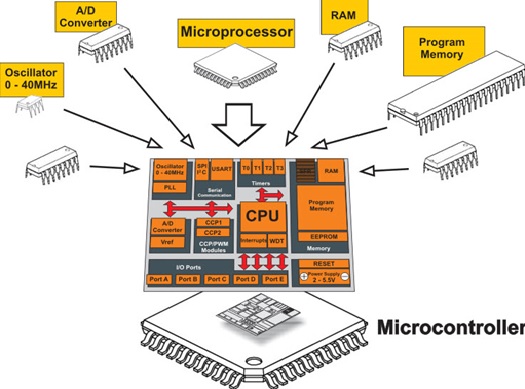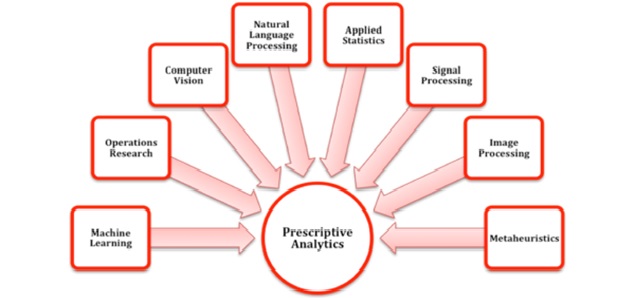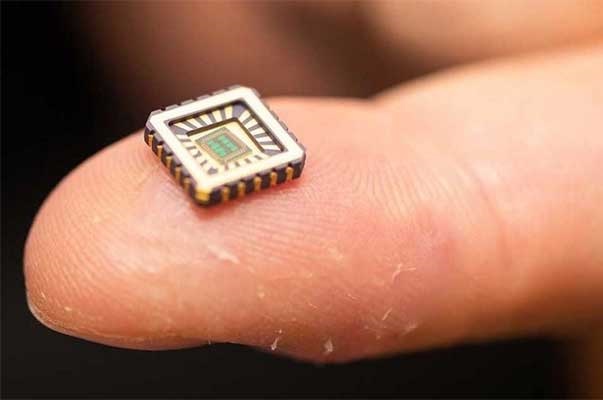Features of Electronic Eye Circuit
Nandhinidwaraka S
October 23, 2021 | 04:45 PM Technology
An Electronic Eye Circuit mimics the function of a human eye by detecting changes in light intensity and triggering a response, typically used in security, automation, and smart lighting systems.
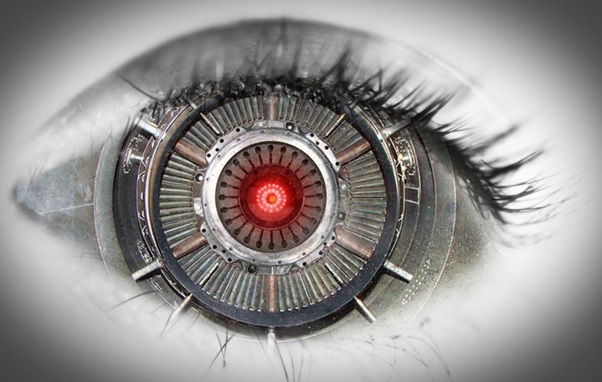
Figure 1. Key Functional Highlights of an Electronic Eye Circuit.
Light Sensing Mechanism
- The Electronic Eye Circuit is designed to detect changes in light intensity. Figure 1 shows Key Functional Highlights of an Electronic Eye Circuit
- It primarily uses an LDR (Light Dependent Resistor).
- In bright light, the LDR has low resistance.
- In darkness, the LDR has high resistance.
- This behavior helps the circuit sense the presence or absence of light, just like a human eye.
Automatic Response System
- The circuit reacts automatically when the light level crosses a certain threshold.
- Example: Turns ON a bulb when it gets dark and OFF when it’s bright.
- This automatic switching is often achieved using transistors, comparators, or relays.
Sensitivity and Control
- The sensitivity of the circuit can be adjusted using a potentiometer.
- This allows the user to:
- Define how dark or bright it should be before triggering.
- Customize the behavior for different environments.
- Useful in both indoor and outdoor lighting systems.
Simple and Affordable Circuit Design
- Components commonly used:
- LDR
- Resistors
- Transistors or operational amplifiers (e.g., LM358)
- Diodes
- Relay (for heavy load control)
- The circuit is low-cost, compact, and easy to build.
- Ideal for DIY projects, school experiments, and home automation.
Applications and Real-Life Usage
- Smart lighting: Streetlights, garden lights, corridor lights.
- Security systems: Trigger alarms when someone blocks a beam.
- Energy saving: Prevents lights from staying ON unnecessarily.
- Industrial monitoring: Detect light failure or environment changes.
Reference:
- https://www.digikey.in/en/articles/why-and-how-to-effectively-use-electronic-fuses
Cite this article:
Nandhinidwaraka S (2021),Features of Electronic Eye Circuit, AnaTechMaz, pp. 39
Previous Post Difference Between Microprocessor and Microcontrollers
Next Post Generative Artificial Intelligence (AI)


